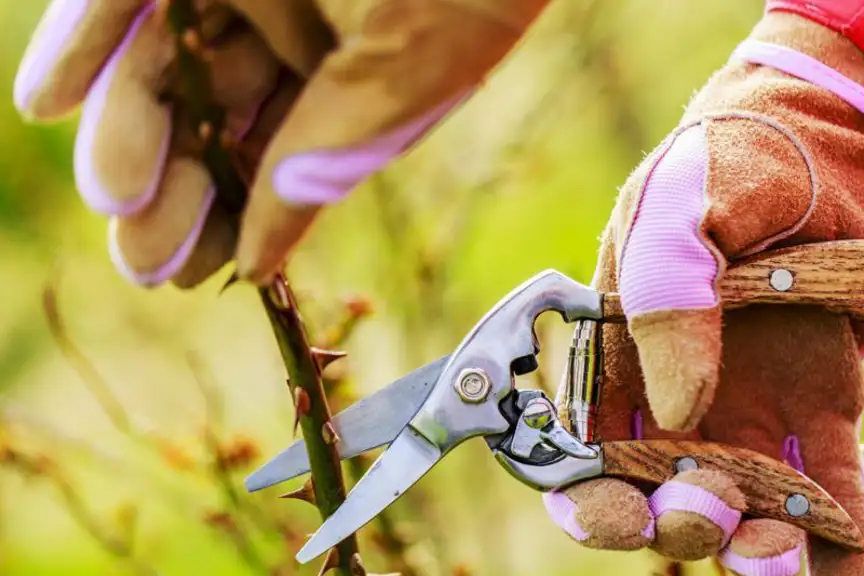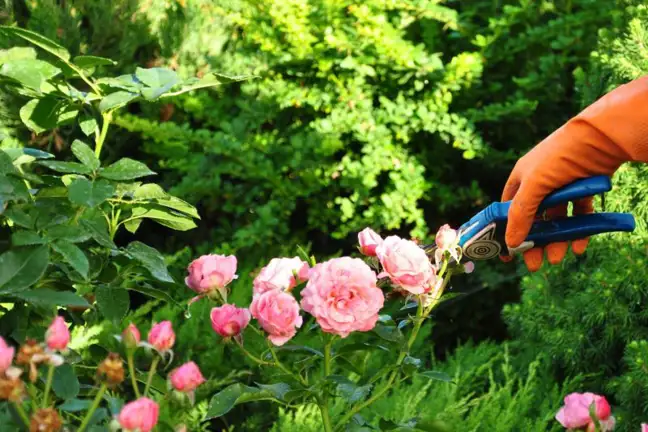What to Prune & When
Pruning is not complicated once you understand the basic principles. These guidelines hold true whether you're pruning trees or shrubs. Here are our top tips for pruning.

Pruning is not complicated once you understand the basic principles. These guidelines hold true whether you're pruning trees or shrubs. Here are our top tips for pruning.

Always use clean, sharp tools. Select the right-size tool for the branch you will prune to avoid damage to the plant and the tool. Use a pruning saw on branches larger than 4 – 6 cm in diameter. Pruners work best on the smallest branches. Use loppers on branches an inch or so in diameter.

There isn't a single best time for pruning. Late winter is an ideal time for pruning many trees and shrubs because they are dormant and it is easier to see what needs to be pruned. Late-winter pruning promotes fast regrowth in spring. Some trees, such as Maples, Birches, and Magnolias, bleed sap heavily if pruned in late winter. This causes little harm but can be avoided by pruning these trees after they are fully leafed out in late spring or early summer. Summer is the best time to remove dead branches when they stand out.
Prune spring-flowering trees and shrubs right after they finish flowering in spring. Trees and shrubs that bloom during summer and into autumn are best pruned in later winter or early spring as soon as their annual growth begins. Refrain from fall pruning because it stimulates new growth that could be killed by winter cold. Prune anytime: suckers; water sprouts; branches that are dead, diseased, or damaged.
Holding the thinner, upper cutting blade nearer to the trunk or main stem, make a clean cut without tearing the bark. Avoid leaving a stub, which is unsightly and provides an entry point for pests and diseases. Cut just outside the branch collar which is the swelling where the branch begins.
The most important pruning tool is a good quality pair of secateurs. These should be the best you can afford. It's a handy tip to wrap some brightly-coloured plastic tape around the handle. This makes the secateurs stand out clearly, even if they are left half-buried in mulch on the side of a garden bed. Keep blades sharpened and joints oiled. Basic maintenance will help your tool last longer.
A good saw is another requisite. Ideally, select one with a narrow blade that can be manoeuvred into crowded parts of the plant.
Hedge clippers are necessary for trimming formal hedges. If this sounds like too much hard work, invest in a pair of electric or batter-powered shears.
And don't forget a strong pair of gloves – especially for rose pruning!
Prune most deciduous fruit trees, Roses, Grape Vines and ornamentals. Delay pruning of spring flowering varieties until flowering's finished, otherwise you'll cut off the incipient blooms.
Soon after pruning, most plants will benefit from a feed with Yates Dynamic Lifter Soil Improver & Plant Fertiliser. Use Yates Dynamic Lifter to create organic, nutrient rich soil for better root growth, stronger plants and more flowers and fruit. Suitable for use in organic gardens all year round, on all plants including native plants. Releases nutrients slowly, improves the structure and moisture retention of the soil and encourages earthworms and beneficial soil micro-organisms.